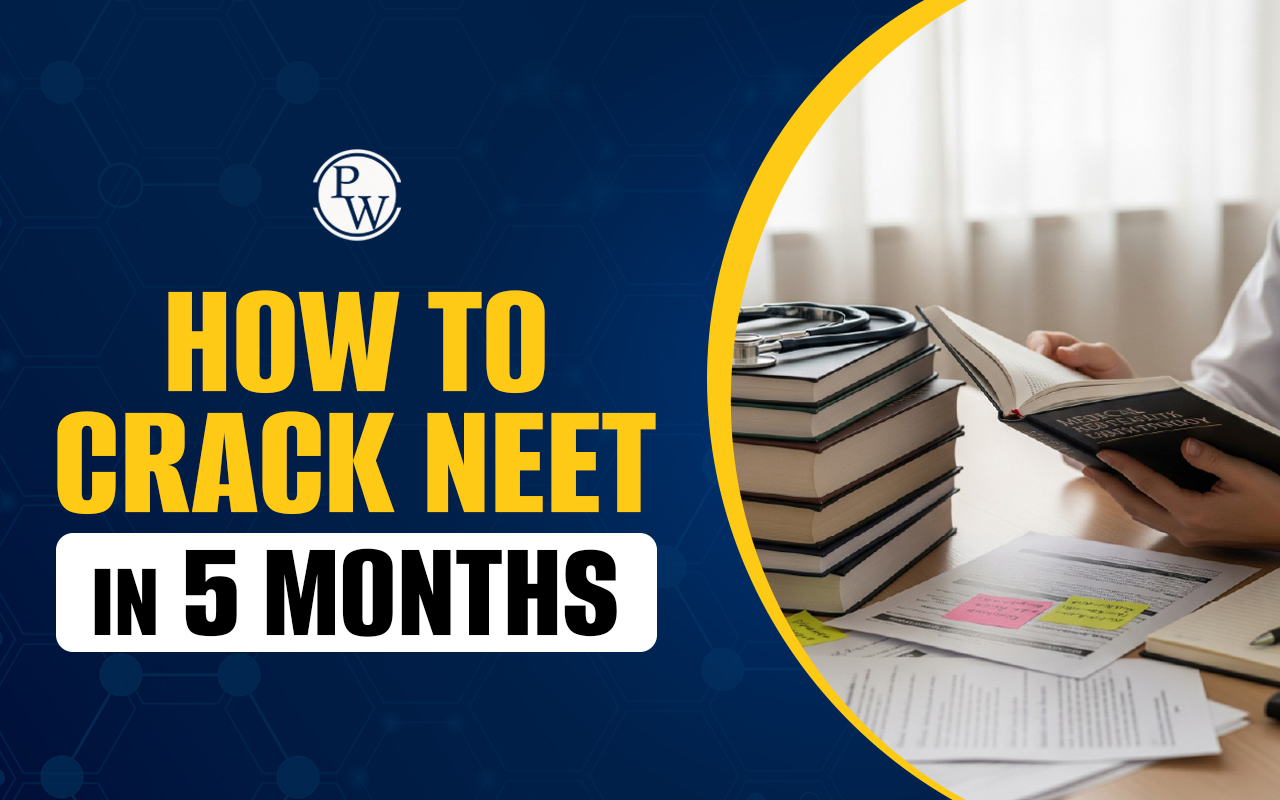
Alternating Current MCQs: When preparing for the NEET (National Eligibility cum Entrance Test), mastering Chapter 7 of Class 12 Physics, Alternating Current, is important. This chapter covers the principles and applications of alternating current (AC). Practicing multiple-choice questions (MCQs) from this chapter is essential for a strong performance in NEET. This article will explore various aspects of MCQs related to Alternating Current, including their importance and preparation tips.
Alternating Current NEET MCQs
The Alternating Current (AC) chapter covers the principles and applications of AC, and practicing multiple-choice questions (MCQs) from this chapter is essential for a strong performance in NEET. Regular practice of MCQs helps students grasp the theory better and become faster and more accurate in actual exams. Additionally, solving past NEET questions provides insight into the types of questions asked and their format, aiding in effective exam preparation. Understanding the NEET Physics Syllabus can further enhance preparation strategies, ensuring students focus on high-weightage topics like Alternating Current.Also Check:
Alternating Current MCQs Class 12
In Class 12 Physics, the chapter on Alternating Current is significant according to the NEET Physics Chapter-wise weightage . Students should solve MCQs from this chapter to enhance their understanding. Doing so helps them grasp the theory better and prepare for the NEET exam. Students should first ensure they understand the basic concepts from this chapter. Knowing these basics is vital for solving problems and answering MCQs correctly. Regular practice of MCQs is also key. It helps students become faster and more accurate in answering questions. Regular practice also aids in retaining what they’ve learned. Students should use their class notes and textbooks to review and understand the concepts better. This will help them solve MCQs more effectively and be well-prepared for their exams.Alternating Current NEET Questions with Solutions
Practicing NEET questions with solutions is highly effective. Solutions help students understand the reasoning behind each answer. This approach enhances theoretical knowledge and problem-solving skills, leading to better exam preparation. Students can find these Alternating Current NEET Questions with Solutions below.| NEET Physics MCQs | |
|---|---|
| Units and Measurements MCQs | Motion in a plane MCQs |
| Mathematics Tools MCQs | Newton’s laws of motion MCQs |
| Motion in a straight line MCQs | Gravitation MCQs |
Q 1. In alternating current circuits, the A.C. ammeter measure;
(1) rms valueAns. 1
Q 2. A 110 V D.C. heater is used on an A.C. source, such that the heat produced is the same as it produces when connected to 110 V D.C. in the same time intervals. What would be the rms? Value of the alternating voltage?
(1) 110 VAns. 1
Q 3. In an A.C. circuit, the peak value of voltage is 423 V, and its effective voltage is;
(1) 400 VAns. 3
Q 4. The peak value of 220 volts of A.C. mains is;
(1) 155. VAns. 3
Q 5. The frequency of an alternating voltage is 50 cycles/sec and its amplitude is 120 V. Then the rms value of voltage is;
(1) 101.37 VAns. 2
Q 6. The peak voltage of 440 V A.C. mains is;
(1) 155.6 VAns. 3
Q 7. A voltmeter connected in an A.C. circuit reads 220 V. It represents;
(1) Peak voltageAns. 2
Q 8. Alternating current cannot be measured by a D.C. ammeter because;
(1) The average value of current for the complete cycle is zero.Ans. 1
Q 9. In the case of the A.C. circuit, Ohm’s law holds good for;
(1) Peak values of voltage and current.Ans. 4
Q 10. Assertion (A): An A.C. circuit contains only a capacitor that has an average power equal to zero for a complete cycle.
Reason (R): The phase difference between the current function and voltage function is 90°.
(1) Both Assertion (A) and Reason are true and Reason is the correct explanation of Assertion (A).Ans. 1
Q 11. If a capacitor is connected to two different A.C. generators then the value of capacitive reactance is;
(1) directly proportional to frequency.Ans. 2
Q 12. When an A.C. source is connected across a resistor;
(1) the current lags behind the voltage in phase.Ans. 2
Q 13. A pure capacitor of capacitance 100μF is connected to an A.C. voltage, V = 100sin (10t). Find the maximum current in the circuit.
(1) 10 AAns. 3
Q 14. An A.C. source is connected to a capacitor. Due to a decrease in its operating frequency;
(1) capacitive reactance remains constant.Ans. 4
Q 15. Statement-I: The Capacitor serves as a block for D.C. and offers an easy path to A.C.
Statement II: Capacitive reactance is inversely proportional to frequency.
(1) Statement-I and Statement-II both are correct.Ans. 1
Q 16. What happens to the inductive reactance and the current in a purely inductive circuit if the frequency is halved?
(1) Inductive reactance will be doubled and current will be halved.Ans. 3
Q 17. A 220 V source of A.C. supply is applied across a pure inductor of 35 mH. If the frequency of the source is 50 Hz, then find the rms current in the circuit.
(1) 30 AAns. 3
Q 18. A pure inductor A is connected to an A.C. source of 220 V. When the inductor A is replaced with another pure inductor B, then the current in the circuit becomes double. Find the ratio of the inductive reactance of the inductor A to inductor B;
(1) 2: 1Ans. 1
Q 19. An inductor of 1 Henry is connected across a 220 V, 50 Hz supply. The peak value of the current is approximately;
(1) 0.5 AAns. 3
Q 20. A pure inductor of self-inductance 1 H is connected across an alternating voltage of 115 V and frequency 60 Hz. Then the reactance and peak Value of current
(1) 37.12 W, 0.43 AAns. 2
Q 21. Statement-I: If the frequency of alternating current in an A.C. circuit consisting of an inductance coil is increased then the current gets decreased.
Statement II: The current in the capacitor is directly proportional to the frequency of alternating current.
(1) Statement-I and Statement-II both are correct.Q 22. A sinusoidal voltage V(t) = 100 sin(500t) is applied across a pure inductance of L = 0.02 H. The current through the coil is;
(1) 10 cos(500t)Ans. 2
Q 23. The self-inductance of a choke coil is 10 mH. When it is connected to a 10-volt D.C. source, then the loss of power is 20 watts. When it is connected to 10 volt A.C. source loss of power is 10 watts. The frequency of A.C. source will be;
(1) 50 HzAns. 3
Q 24. A choke coil of 100 ohm and 1 H is connected to a generator of E = 200 sin(100t) volt. The average power dissipated will be;
(1) ZeroAns. 4
Q 25. Assertion (A): Power loss in the ideal choke coil is zero.
Reason (R): The ideal choke coil has zero resistance.
(1) Both Assertion (A) and Reason (R) are true and Reason (R) is the correct explanation of Assertion (A).Ans. 3
Q 26. The coefficient of induction of a choke coil is 0.1 H and resistance is 12 Ω. If it is connected to an A.C. source of frequency 60 Hz. Then the power factor will be;
(1) 0.35Ans. 2
Q 27. A circuit consisting of a capacitor and an active resistance R = 110 Ω connected in series is fed an alternating voltage with amplitude V0 = 110 V. In this case, the amplitude of the current is equal to I 0 = 0.50 A. Find the phase difference between the current and the voltage fed.
(1) 60°Ans. 2
Tips for Solving Alternating Current MCQs
To excel in solving MCQs on Alternating Current, students should follow these tips:- Understand the Basics: Ensure a strong grasp of fundamental concepts.
- Practice Regularly: Solve a variety of MCQs to become familiar with different question types.
- Review Mistakes: Analyze errors to avoid repeating them.
- Use Quality Resources: Refer to textbooks, class notes, and PW NEET online courses for practice questions and solutions.
Alternating Current MCQs FAQs
Q. What is the importance of Alternating Current MCQs for NEET preparation?
Q. How can I effectively prepare for Alternating Current MCQs?
Q. What topics should I focus on within the Alternating Current chapter for NEET?
Q. How can solving previous NEET questions help with Alternating Current MCQs?
Q. Why are solutions to Alternating Current NEET questions important?
Q. What are some effective tips for solving Alternating Current MCQs?










